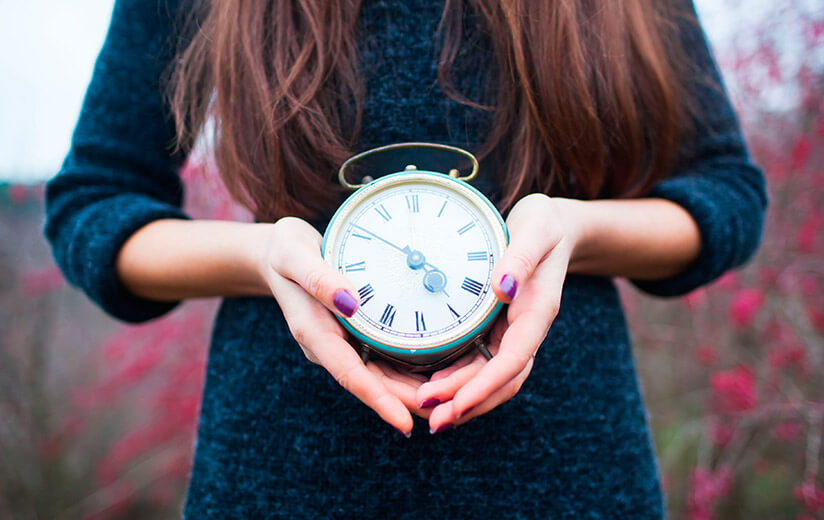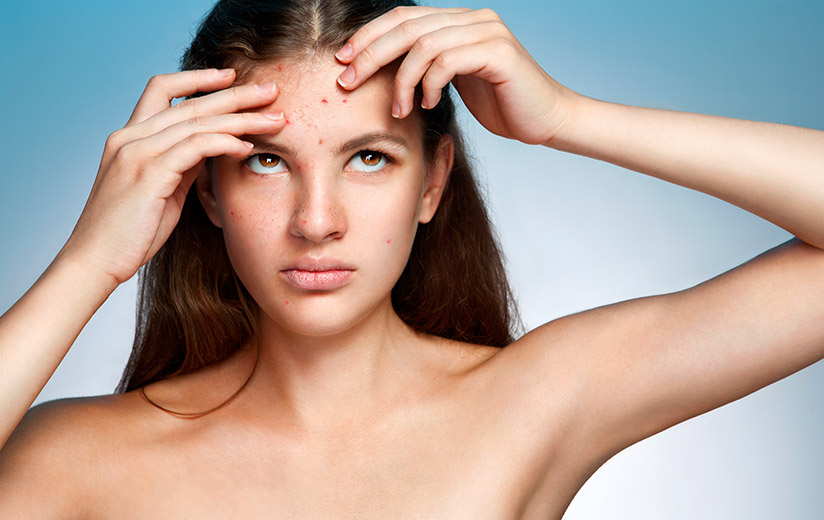Menstruation problems and complications
Puberty is the period of physical changes. Menstruation (period) is a major stage of puberty for teenage girls. It starts around the age of 6-9 years old (menarche). 50 % of girls may start menstruating as early as the age of 13. The amount of time between a girl’s periods is called her menstrual cycle. Following menarche, menstrual cycles last 21-45 days, 28 days on average. Irregular periods are common in girls two years after menarche until the menstrual cycle becomes more regular. Menstruation usually lasts 3-5 days, but can also last from 2 to 8 days.
You should talk to a doctor if you have some of the following symptoms:
-A shorter than 21 days cycle or a longer than 35 days one.
-Absence of menstruation for long periods of time or no menstruation at all (oligo amenorrhea).
– Complete absence of period, when you are over 16 years old with no signs of period (amenorrhea).
– Bleeding in between periods.
– Bleeding during ovulation (which happens 14 days before the next period) and mild bleeding until the next period.
– A period that lasts longer than 8 days or less than 2.
– A heavier than normal period (the average amount of blood is only about 50-60 milliliters) and that means to change pads 4 to 6 times a day.
– Painful periods accompanied by other symptoms, including nausea, vomiting, cramps, severe pain (dysmenorrhea).
In any case, menstrual cycle irregularities always require medical evaluation by a gynecologist and further tests, since they may indicate a variety of conditions (i.e. problems in the ovary, thyroid gland, hypophysis). However, not all irregularities suggest pathologic organic conditions.
Giota Gargala - StefanouPediatrician, Scientific Associate of the Greek Society of Adolescent Medicine















